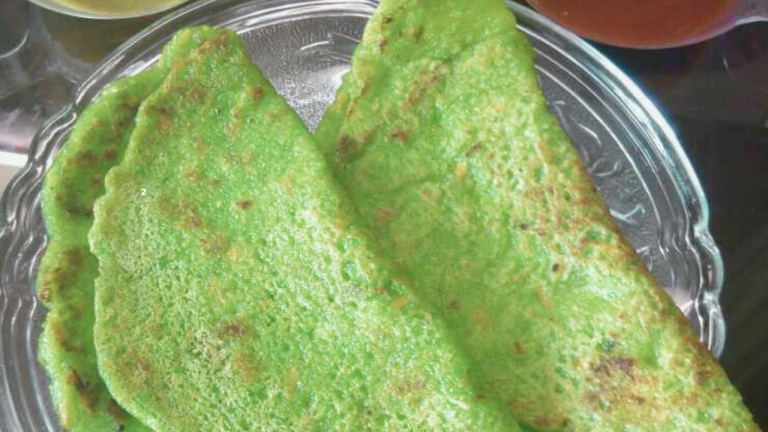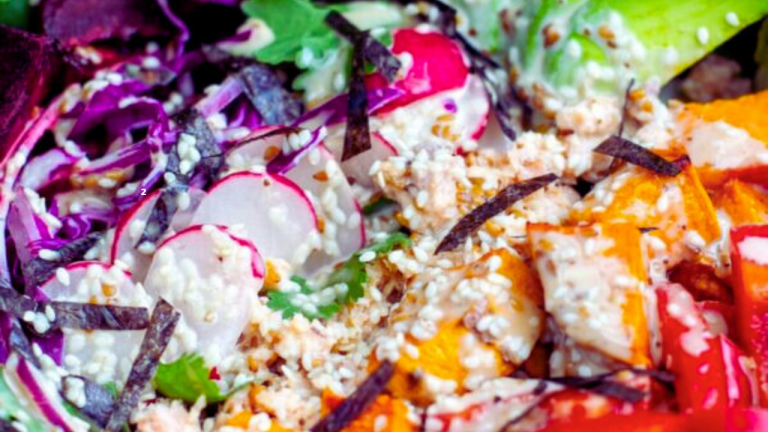Spiced Tamarind Rasam Daal

Makes 2 cups
Soak in Advance
- Soak 2 tablespoons (arhar) tur daal in water for 6 hours.
- Prepare tamarind pulp by soaking 2 tbsps tamarind in 1/4 cup water for 30 mins, and squeezing out the pulp.
Ingredients
Rasam Powder
- 1 1/2 teaspoons arhar daal (pigeon Pea)
- 1 1/2 teaspoons coriander seeds
- 1/2 teaspoon black peppercorns
- 1/2 teaspoon cumin seeds
- 1/8 fenugreek seeds
- 2 teaspoons curry leaves
Flavored Daal
- 1/4 teaspoon mustard seeds
- 1 tablespoon curry leaves
- 2 tablespoons arhar daal (pigeon pea)
- 2 1/2 cups water
- 1/4 teaspoon turmeric powder
- 1/2 cup chopped tomato
- 2 tablespoons tamarind pulp
- pinch of asafoetida
- 2 teaspoons jaggery powder
- 1/2 teaspoon rock salt
Topping
- 2 tablespoons chopped coriander leaves
Method
- Heat a pot, add all the rasam powder ingredients, expert the curry leaves, and roast for a few minutes. Add the curry leaves, and roast for a minute.
- Transfer the roasted spices to a bowl to be used later.
- Add the mustard seeds and curry leaves to the pot, and roast for a minute until the mustard seeds start to pop.
- Add the arhar daal, water, and, turmeric, and stir. Cover, and allow to cook for 20 minutes on a medium flame until the daal is soft.
- Meanwhile, place the roasted spices and the tomato into a blender, and blend until smooth.
- Add the tamarind pulp, asafoetida, and jaggery powder to the same pot, Stir, cover, and allow to cook for 5 more minutes until the daal is soft.
- Mash the daal with a masher as much as possible. Switch off the stove, add the tomato mixture and rock salt, and stir.
- Top with coriander leaves and serve.
Offers Several Potential Benefits:
- Rich in Protein: The main ingredient, arhar daal (pigeon pea), is a good source of plant-based protein, essential for muscle repair and overall body function.
- Nutrient-Packed Spices: The rasam powder contains a variety of spices such as coriander, black peppercorns, cumin, and fenugreek seeds, which not only enhance flavor but also contribute various health benefits. These spices may have antioxidant and anti-inflammatory properties.
- Tamarind’s Digestive Benefits: Tamarind is known for its digestive properties. It can help alleviate indigestion and may contribute to a healthy digestive system.
- Low in Fat: This recipe doesn’t rely heavily on added fats, making it a relatively low-fat option, which can be beneficial for those watching their fat intake.
- Balanced Flavors: The combination of spices, tamarind, and jaggery creates a well-balanced flavor profile. Jaggery provides a natural sweetness while contributing potential health benefits, such as being a source of iron and other minerals.
- Turmeric’s Anti-Inflammatory Properties: The addition of turmeric not only imparts a vibrant color but also brings potential anti-inflammatory properties to the dish.
- Customizable: This recipe is versatile and can be adapted to personal preferences and dietary needs. It’s suitable for those following vegetarian or vegan diets.
- Comfort Food: The warm and comforting nature of this dish makes it a satisfying and emotionally comforting meal.
Remember that individual health benefits can vary, and it’s essential to consider personal dietary needs and restrictions. Additionally, consulting with a nutritionist or healthcare professional can provide personalized advice based on specific health goals or conditions.
November 15, 2023
0



